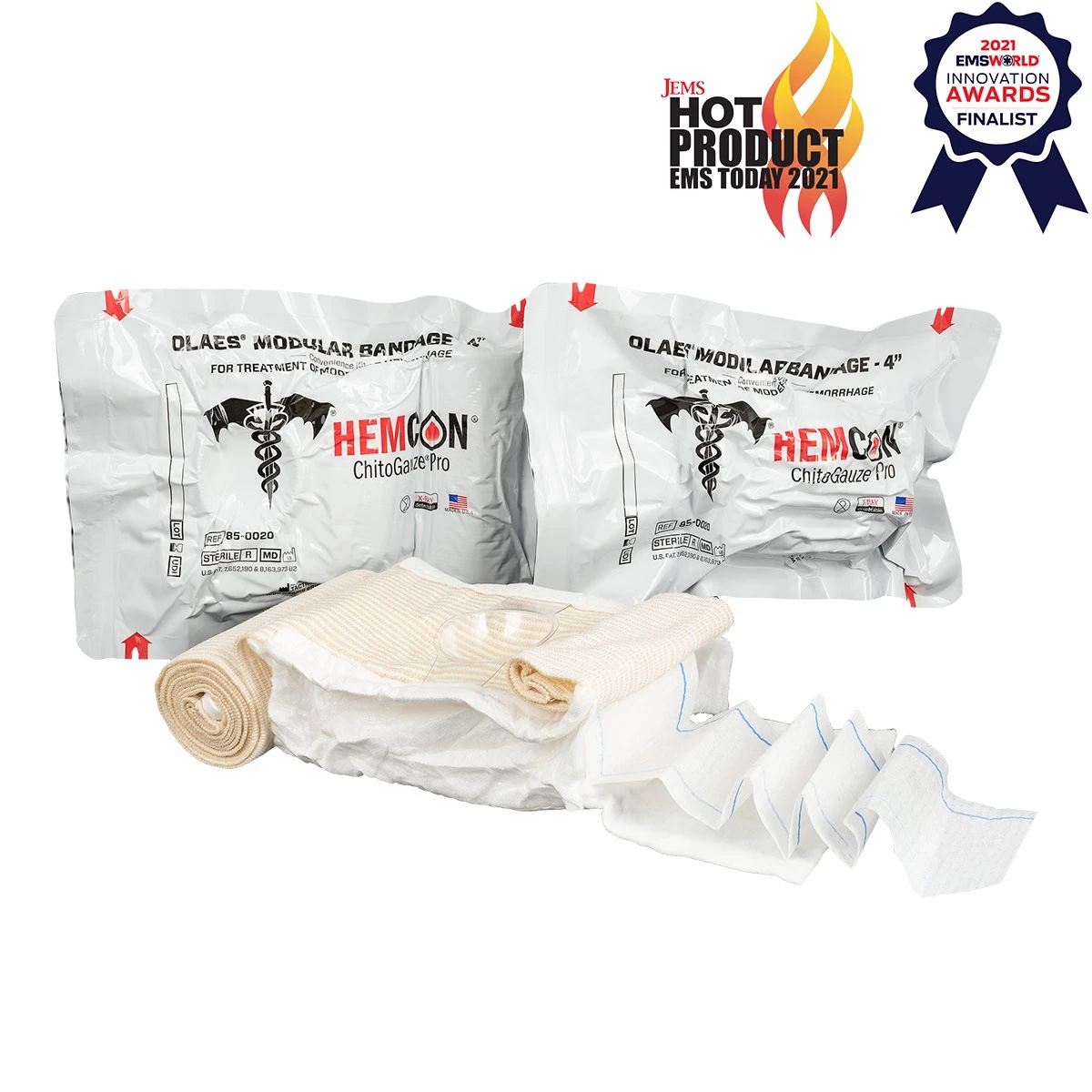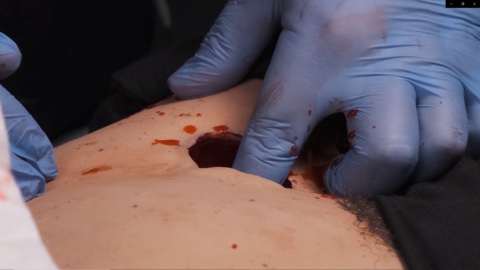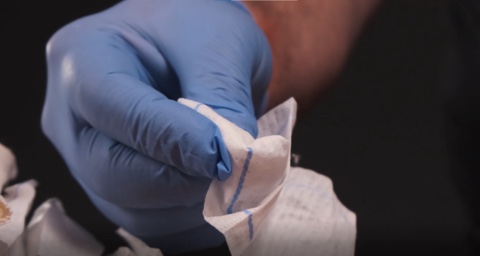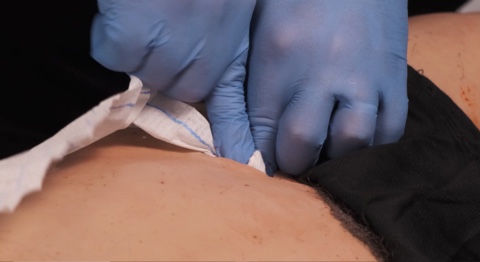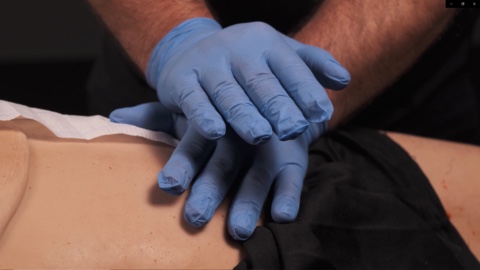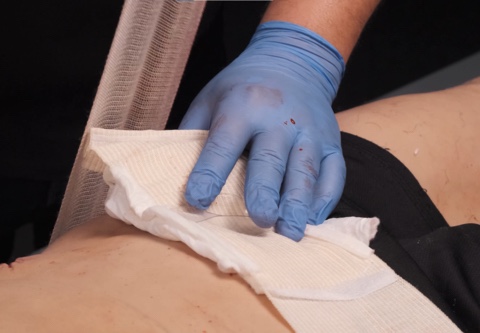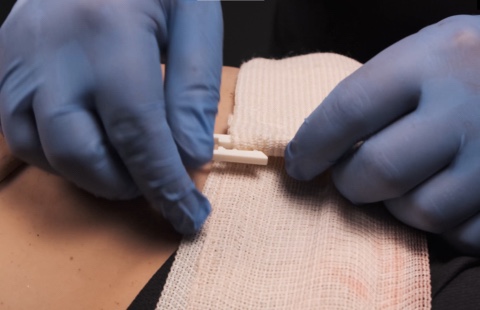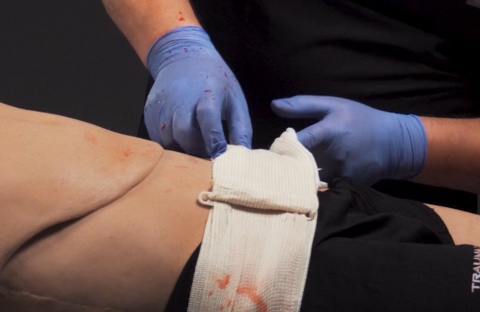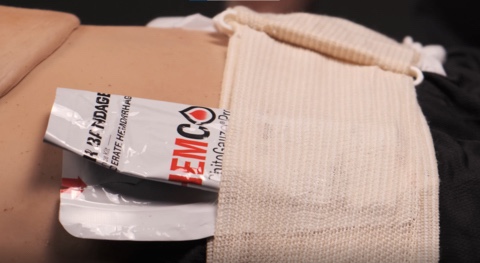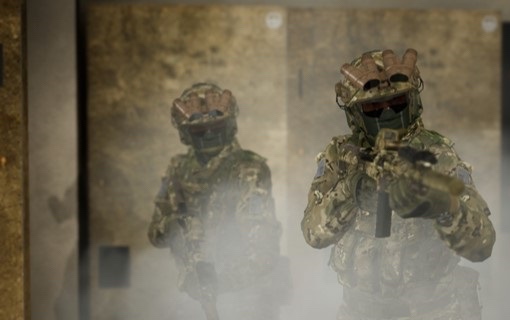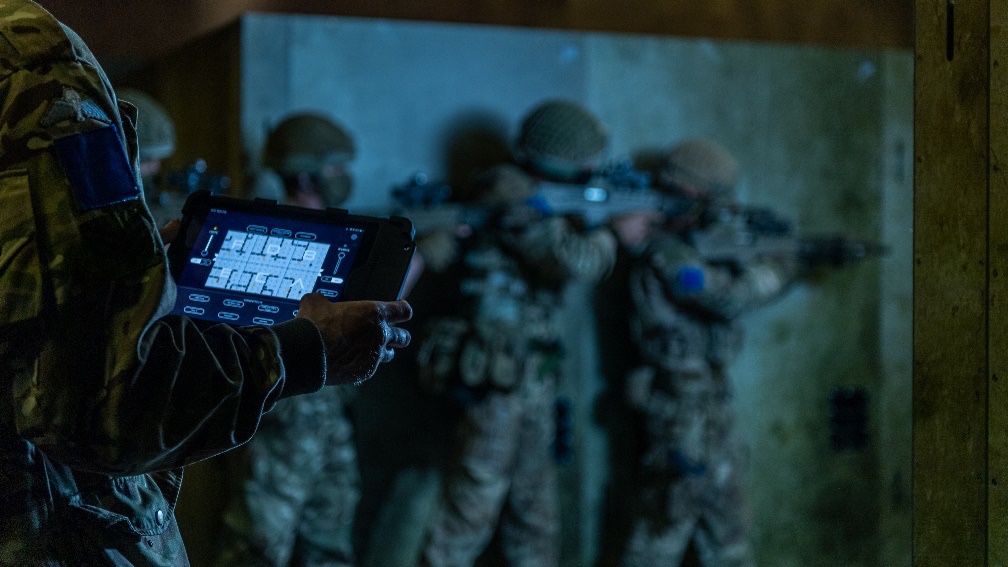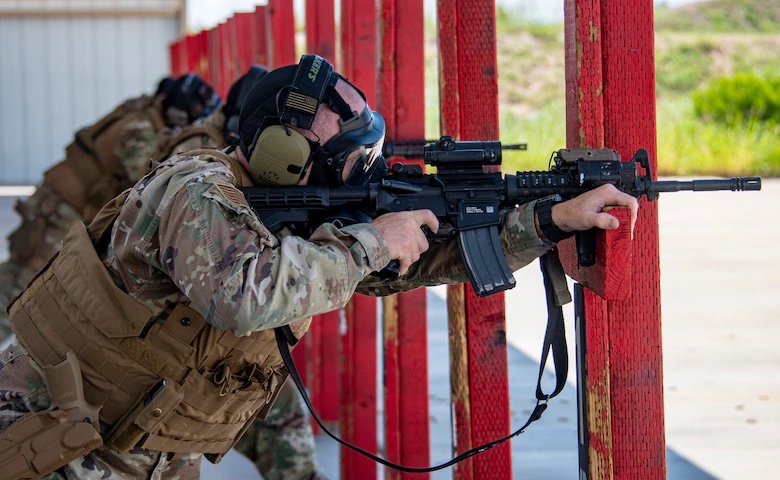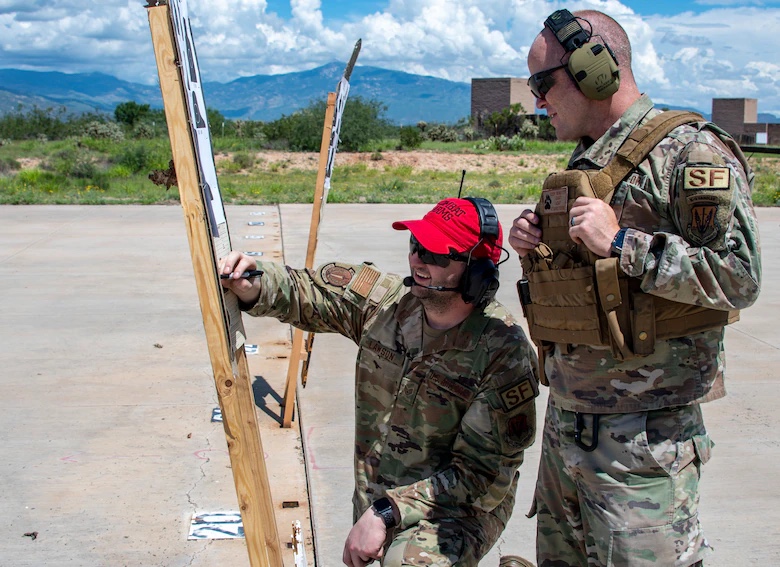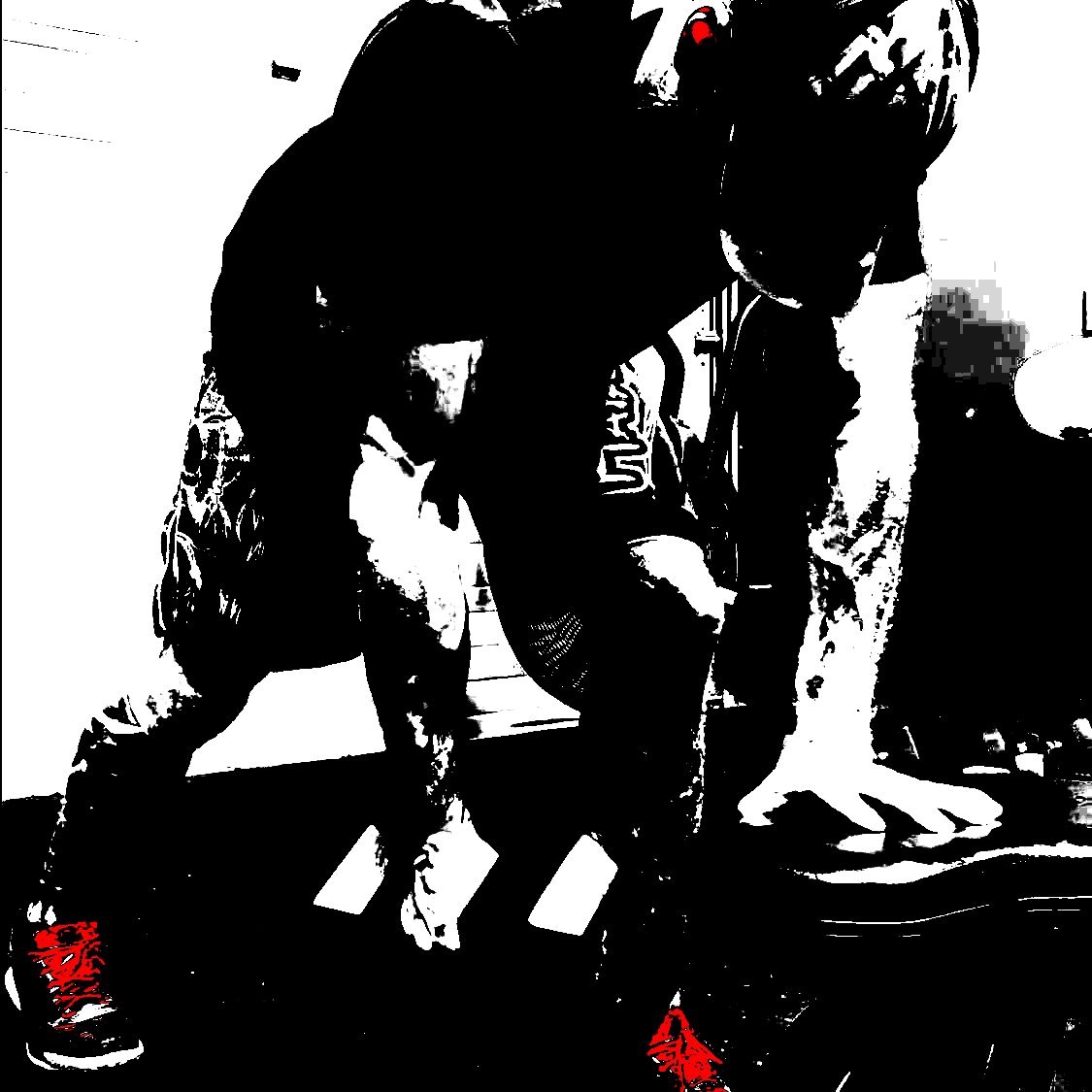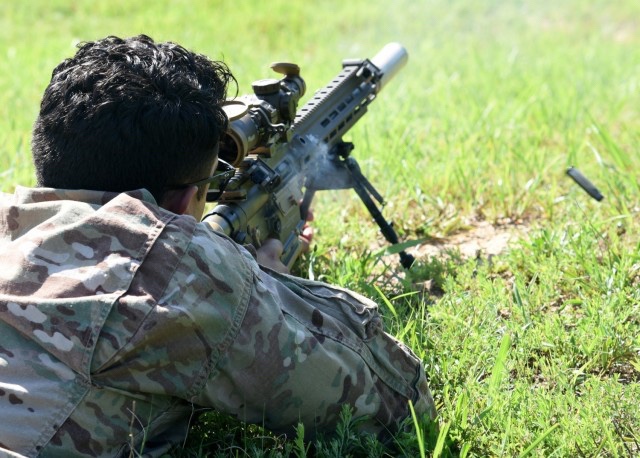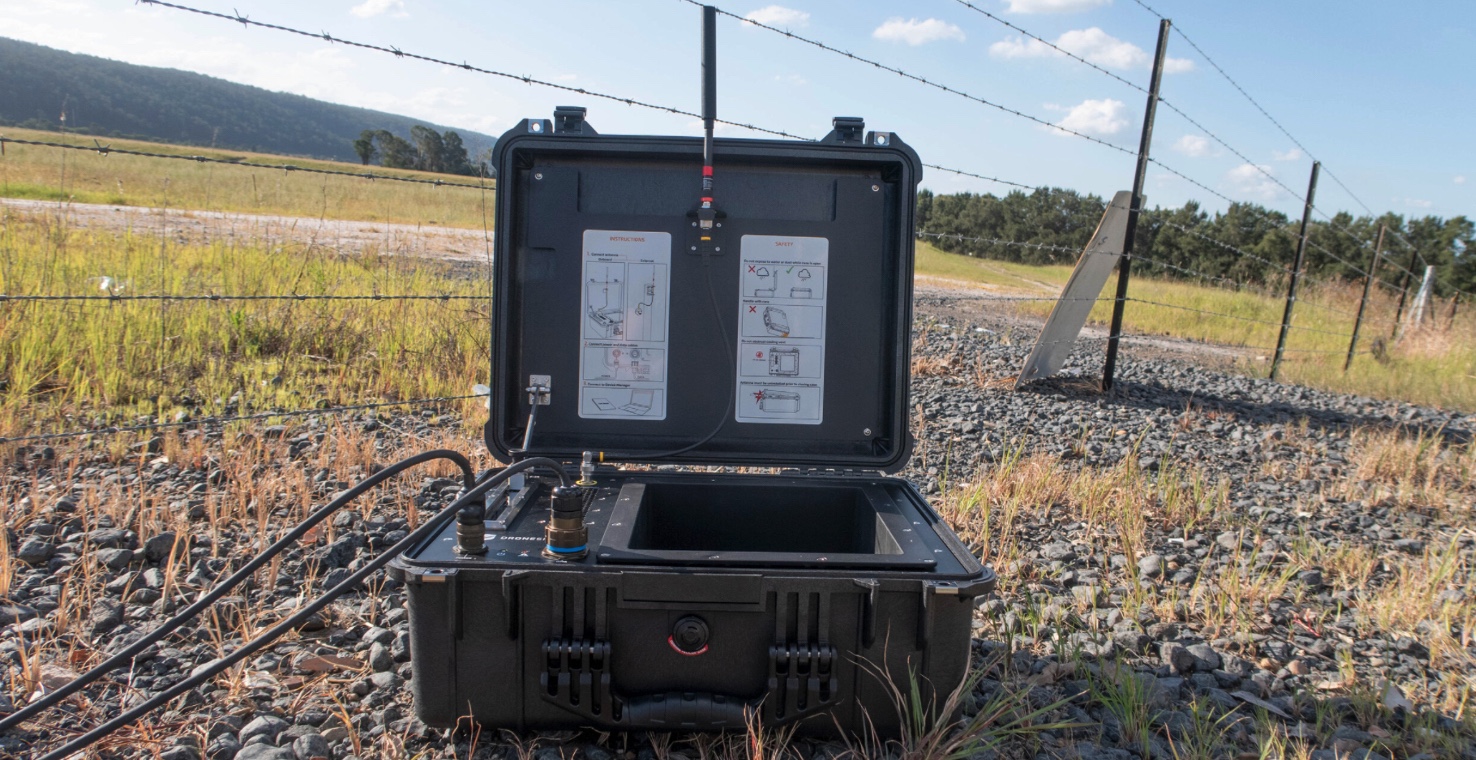
Swansea, SC, September 23, 2021 – Panteao Sportsman’s club will host “Operation Garnet and Free” at its outdoor shooting range facility in Swansea, SC on Saturday, September 25th from 9 am – 4 pm. The event will host 50 students from the University of South Carolina who are chapter members of the national conservative youth organization called “Turning Point USA”.
Turning Point USA, or Turning Point, advocates for conservative values on high school, college, and university campuses. TPUSA has expanded its presence to include 2,500 high school and college campuses nationwide.
Katie D’Alois, President of the Turning Point USA at University of South Carolina said, “We are incredibly excited to be joining Panteao Productions and Champion Defense for this amazing opportunity. We are proud supporters of the protection of the Second Amendment, and we believe one of the best ways to do this is through educating people on the fundamentals of firearm safety and operation. The Second Amendment is our biggest line of defense against the rise of a tyrannical government, which is becoming increasingly important in today’s world of government overreach and abuse of power. It also is one of the most effective and efficient forms of self-defense, which has become even more important to me as a young woman living alone on a college campus.”
The class will cover a familiarization with various types of firearms and how to handle them properly and safely. Jay Harris, founder of Champion Defense said, “The firearms safety course introduces students to the knowledge, skills, and attitude necessary for owning and using a firearm safely. Through this course, the students will learn about pistols, rifles, and shotguns. They will receive instruction on the various parts and operation of each firearm to include ammunition, gun safety, shooting fundamentals, and shooting activities”
“This is a golden opportunity for Panteao Sportsman’s Club to give-back and provide a proper venue for our local students to get familiarized with firearms and learn the fundamentals,” said Fernando Coelho, President of the Panteao Sportsman’s Club. “We are very excited to work with Champion Defense and Turning Point USA to provide instruction that will not only make them comfortable with firearms and the rules of safety, but also to expose them to recreational shooting as an activity to enjoy for years to come.”
In addition to providing the range facility for the event, Fernando Coelho will have videographers from his video production company, Panteao Productions, on hand to film and document the event for release later this fall. The documentary video will be released in the MakeReady.tv lineup of programming.
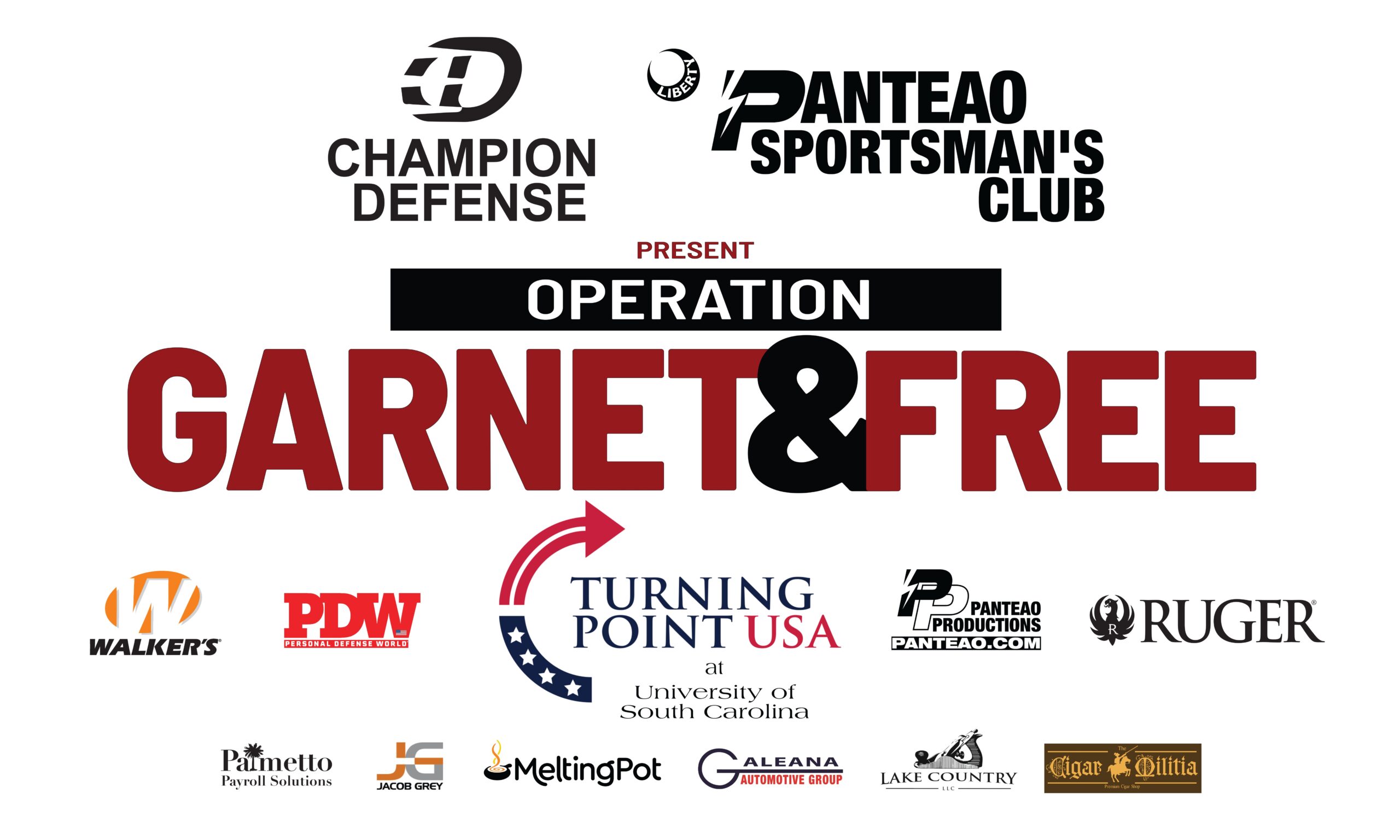
Operation Garnet & Free is being supported by Ruger Firearms, Walker’s Ear Protection, Personal Defense World, along with local sponsors The Cigar Militia, The Melting Pot, Jacob Grey Custom, Lake Country, Palmetto Payroll Solutions as well as Galeana Automotive Group.
The Panteao Sportsman’s Club is located at 2040 Pine Plain Road, Swansea, SC 29160. For more info about the club, visit: panteaosportsmansclub.com


